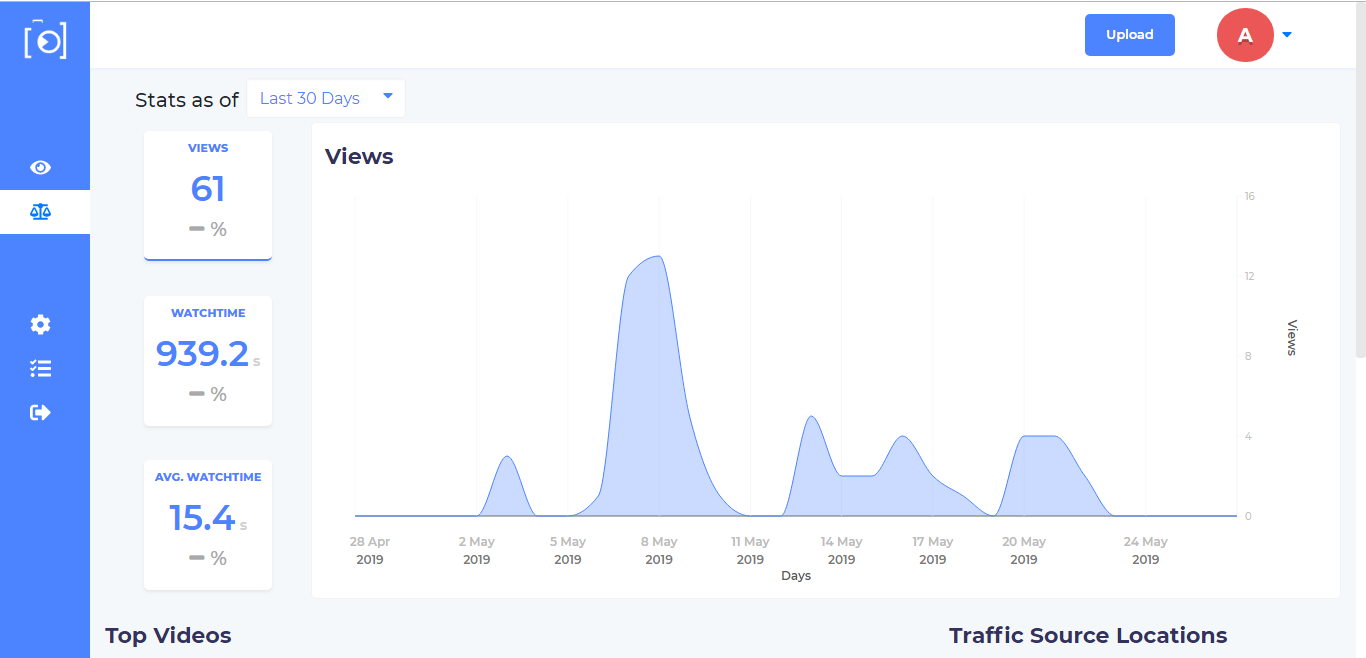“It is a capital mistake to theorize before one has data.” — Sherlock Holmes
We may not notice but, data is everywhere. It even has an influence on simple decisions like buying goods.
Excel sheets aren't anyway used. But, while buying products we remember their reviews, previous performances, or advertisements. And, that's the data that drives our buying decisions. By enabling us to compare items based on their features and characteristics, categorizing data may be a vital tool in aiding us in making wise purchase decisions.
For marketing professionals, being data-driven is no longer an option. For most marketers, data is already a key decision driver and the rest are on track to its implementation.
Does the same go for video marketing as well?
Definitely!
Video Data becomes important if we want to:
- Measure the effectiveness of the video
- Know our audience (demographics and interactions)
- Track the traffic source
- Realize the peak points and drop-off's
- A/B Test
- Know the improvement areas
Now that we know how important video data is, here is a list of the most important quantitative and qualitative ones that matter while evaluating a video:
Qualitative Data
These are the non-numerical ones and are comparatively difficult to track as no analytics tool can directly help you measure these. They are completely dependent on individual observations.
With qualitative data you can analyze the following:
- Did your video add value to your brand?
- Did it leave a lasting impact?
- Was it trusted by the people?

You can try the following technique to test if your video qualifies.
Before creating any video set the ultimate goal (educating, informing, creating a hype, creating an impact, trust building). Keep the goal in mind and make the following observations while analyzing it:
- Feedback and comments
- Social sharing and popularity
- Compliments
- Reactions (liked, loved, insightful, funny, scary, angry)
- Which CTA's worked and which did not
While making these observations try to determine if the goal of the video is met. And, that is how we justify qualitative information that's gathered.
Quantitative Data
The numerical data which can easily be tracked with the help of a good analytics tool. These are usually preferred in the form of graphs, heat-maps and, charts.

Qualitative data helps you measure the following:
- Real-time data
- Clicks to view
- Analyze which Thumbnail and CTA worked
- Which medium contributed the most traffic
Here are some of the data which modern video analytics tools provide. These tools provide a lot of data and we just need to figure out the right ones to set KPI's. Some of the data provided are as follows:
- Total watch time - This is the total time for which the video was watched.
- Average watch time - Total watch time / Total plays
- View Count - This is the reach of the video i.e. number of times the people viewed it
- Play Count - Number of times the video was played
- Play Rate - Percentage of people who played the video to that who viewed it.
- Click through Rate - The percentage of people who clicked a CTA to the number of people who viewed it.
- Video completion rate - The percentage of people who completed the video to the total number of people who played it.
- Social Analytics - This shows the social performance of the video i.e. total shares comments and likes.
- Browser and Device detail - This gives the detail of what device is the video viewed on and which browser was used.
- Location Detail - Shows the detail of where the video was played.
To choose the best KPI for your video, keep in mind the purpose of its creation. For instance, if the purpose of a video is to educate people the average watch time, completion rate, play rate are the metrics which need to be tracked.
When we are up with a video usually what happens is that we are obsessed with keeping a note of total plays. Yet, we need to focus on detailed analysis to improve its performance and meet the goals.
Like the other marketing platforms, video marketing has also become more data-driven and less of mass-production.
If you want to learn about these video metrics in details? Read our blog on video analytics buzzwords. You can also contact us for a free video metrics consultation.


 Free Screen Recorder for Chrome
Free Screen Recorder for Chrome













